CAMPO DEI FIORI ROME
Campo dei Fiori lies across C. V. Emanuele II from P. Navona. During papal rule, the area was the site of countless executions; now the only carcasses that litter the piazza are the fish in the colorful produce market (M-Sa 6am to 2pm). South of the Campo he P. Famese and the huge, stately Palazzo Farnese, the greatest of Rome’s Renaissance palazzi. To the east of the palazzo is the baroque facade of the Palazzo Spada and the collection of the Galleria Spada (591).
THE JEWISH GHETTO. The Jewish community in Rome is the oldest in Europe Israelites came in 161 BC as ambassadors from Judas Maccabei, asking for help against invaders. The Ghetto, the tiny area to which Pope Paul IV confined the Jews in 1555, was closed in 1870 but is still the center of Rome’s vibrant Jewish population of 16,000. In the center of the ghetto are Piazza Mattel and the 16th-century Fontana delle Tartarughe. Nearby is the Church of Sant’Angelo In Pescherla; Jews were forced to attend mass here every Sunday and quietly resisted by stuffing their ears with wax. (Toward the eastern end of V.d. Portico d’Ottavia. Prayer meetings VJ 5:30pm, Sa 5pm.) The Sinagoga Ashkenazita, on the Tiber near the Theater of Marcellus, was bombed in 1982; guards now search all visitors. (Open for senices only.)
THE SPANISH STEPS. Designed by an Italian, funded by the French, named for the Spaniards, occupied by the British, and currently under the sway of American ambassador-at-large Ronald McDonald, the Scalinata di Spagna exude an interna-tional air. The pink house to the right of the Steps was the site of John Keats’s 1821 death; it’s now the Keats-Shelley Memorial Museum.
FONTANA DI TREVI. The extravagant Fontana di Trevi emerges from the back wall of Palazzo Poli. Legend says that a traveler who throws a coin into the fountain is ensured a speedy return to Rome; a traveler who tosses two will fall in love there. Forget about funding your vacation with an early morning treasure hunt: Several homeless men were arrested in the summer of 2002 and fined ‚500. Opposite is the Baroque Chiesa dei Santi Vincenzo e Anastasio, rebuilt in 1630. The crypt preserves the hearts and lungs of popes from 1590-1903. (Open daily 7:30am-12:30pm and 4-7pm.)
PIAZZA DEL P0P0L0. P. del Popolo, once a favorite venue for public executions of heretics, is now the lively people’s square. In the center is the 3200-year-old Obelisk of Pharaoh Ramses II, which Augustus brought back as a souvenir from Egypt in the first century BC. Behind an early-Renaissance shell, the Church of Santa Marla del Popolo contains Renaissance and Baroque masterpieces. Two exquisite Caravaggios, The Conversion of St. Paul and Crucifixion of St. Peter, are found in the Cappella Cerasi. Raphael designed the Cappella Chigi for the great Renaissance financier Augustino Chigi. (Open daily 7am-noon and 4-7pm.)
VILLA BORGHESE. To celebrate his purchase of a cardinalship, Scipione Borgh- ese built the Villa Borghese north of P.d. Spagna and V.V. Veneto. Its huge park houses three art museums: World-renowned Galleria Borghese, stark Galleria Nazio- nale d’Arte Moderna, and the intriguing Museo Nazionale Etrusco di Villa Giulia. North of the Borghese are the Santa Priscilla catacombs. (M: A-Spagna and follow the signs. Open M-F 9:30am-6pm, Sa-Su 9:30am-7pm. ‚8.50.)
CAMPO DEI FIORI ROME Photo Gallery
Maybe You Like Them Too
- Explore Les Accates, France with this Detailed Map
- Explore Góra Kalwaria, Poland with this detailed map
- Explore Gumdag, Turkmenistan with this detailed map
- Explore Telfes im Stubai, Austria with this detailed map
- Explore Langenselbold, Germany with this detailed map

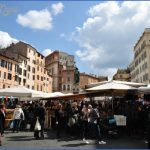
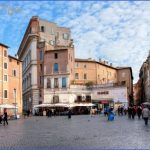
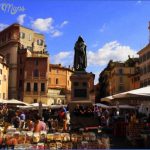
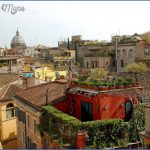
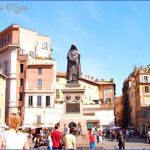
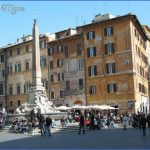
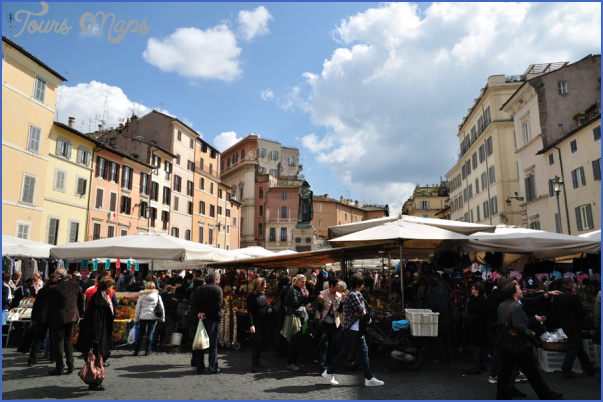
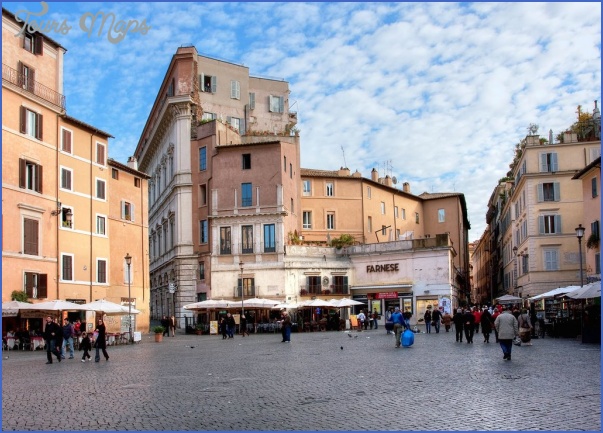
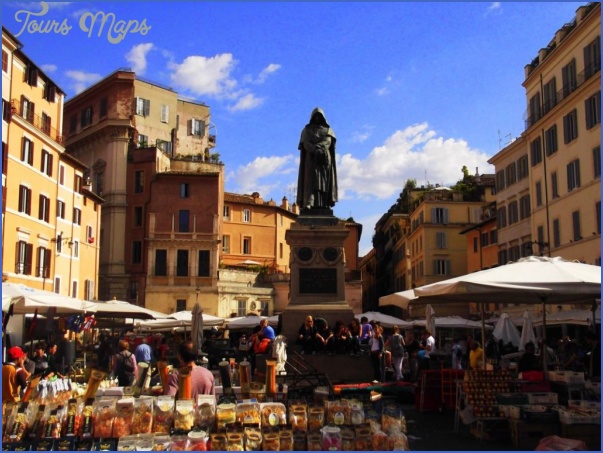
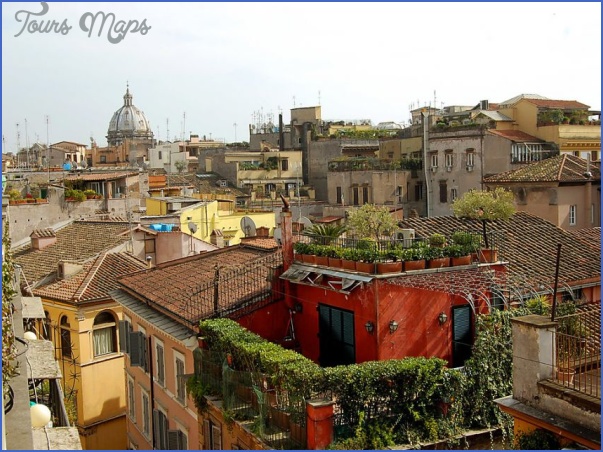
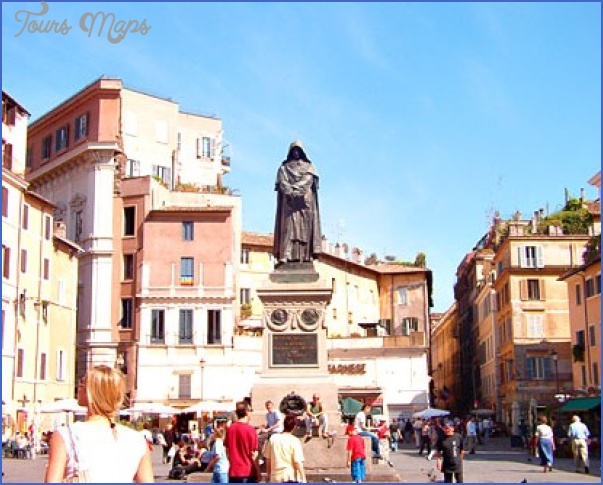
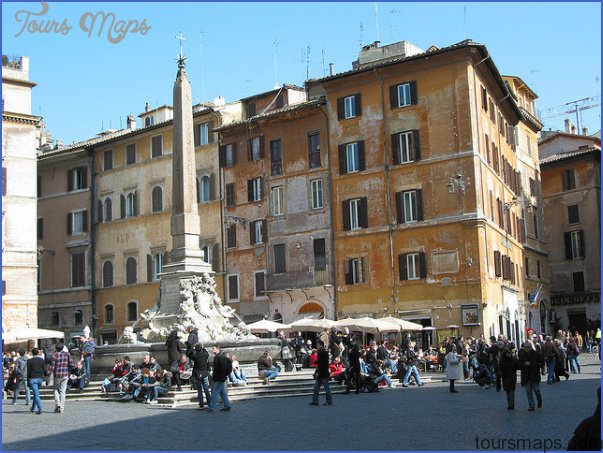
I have noticed you don’t monetize your site, don’t waste your traffic, you can earn extra
cash every month because you’ve got high quality content.
If you want to know how to make extra money, search for: Boorfe’s
tips best adsense alternative